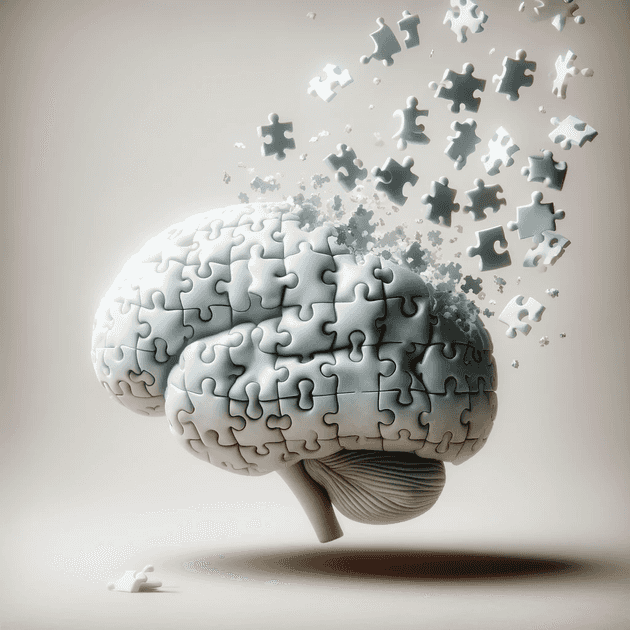Unraveling the Mind - A Deep Dive into Cognitive Biases and How They Shape Our Decisions
Cognitive biases are fascinating and often misunderstood aspects of human psychology. In this blog post, we'll explore what cognitive biases are, why they occur, and some common examples that impact our daily lives.

Understanding Cognitive Biases
Cognitive biases are systematic patterns of deviation from norm or rationality in judgment. They arise from the way our brain processes information. These biases are often a result of our brain's attempt to simplify information processing. They can be the result of heuristics or mental shortcuts that we use to make decisions quickly.
Why Do Cognitive Biases Occur?
Cognitive biases are thought to be a form of mental shortcut, often based upon social norms and generalizations. They occur because our brains are trying to be more efficient. In a world where we are bombarded with information, our brains try to streamline the processing by using past experiences and perceptions to make quick decisions.
Common Cognitive Biases
Confirmation Bias: This is the tendency to search for, interpret, favor, and recall information in a way that confirms one's preexisting beliefs or hypotheses. For instance, if you believe that left-handed people are more creative, you're more likely to notice and remember examples that support this belief and ignore examples that don't.
Anchoring Bias: This bias occurs when individuals rely too heavily on an initial piece of information (the "anchor") when making decisions. For example, if the first car you see at a dealership is priced at $30,000, you might anchor to that price, making any car priced less than that seem like a good deal, regardless of its actual value.
Availability Heuristic: This is a mental shortcut that relies on immediate examples that come to a person's mind when evaluating a specific topic, concept, method, or decision. For example, fearing plane crashes more than car accidents because plane crashes are more dramatic and receive more media coverage, even though car accidents are statistically more common.
Bandwagon Effect: The tendency to do (or believe) things because many other people do (or believe) the same. This is evident in various aspects of social life, like fashion trends, sports fandom, or political opinions.
Dunning-Kruger Effect: This is a cognitive bias in which people with low ability at a task overestimate their ability. It’s seen in various areas of life where people believe they are more knowledgeable or competent in something than they really are.
Overcoming Cognitive Biases
Overcoming cognitive biases is not easy, but awareness is the first step. Being mindful of these biases and actively questioning our own thoughts and decisions can help reduce their impact. It's also helpful to seek out different perspectives and information that challenges our preconceptions.
In conclusion, cognitive biases are deeply ingrained in our thought processes and can significantly affect our decision-making and beliefs. Understanding them is crucial for both personal development and for making more informed and rational decisions. Remember, the first step towards change is awareness, and the journey towards unbiased thinking, while challenging, is incredibly rewarding.